Knitting is one of the most used fabric production techniques, where yarns are interlooped to form the flat fabric. Two types of knitting exist, namely, warp knitting and weft knitting. A weft-knitted fabric can be produced using one single strand of yarn Figure-1(a). while a warp-knitted fabric or a woven fabric requires the same number of yarns as required through the width of the fabric Figure-1(b). Knit fabric production calculation has been explained in detail as below.
👉1. Production in length (meter/hour):
Example: a circular knitting machine has 30” diameter, 24 gauge and 96 feeders. It is producing a single jersey fabric with 15 course per cm. If the machine runs at 22 rpm and 85% efficiency, calculate the length of the fabric produced in one hour.
Solution:
Here, Machine RPM= 22, Course/cm= 15, No of feeders= 96, Feeder/course for single jersey fabric= 1, Efficiency= 85%
Therefore,
👉2. Fabric width (meter):
Example: a circular knitting machine has 30” diameter, 28 gauge and 96 feeders. It is producing a single jersey fabric with 15 course per cm and 20 wales per cm. If the machine runs at 20 rpm and 85% efficiency, calculate the width and length of the fabric produced in one hour.
Solution: Here,
Machine RPM= 20, Course/cm= 15, Machine dia= 30 inch, Wales/cm= 20, Machine gauge= 28, Feeder/course for single jersey fabric= 1, No of feeders= 96, and Efficiency= 85%.
Therefore,
Texpedi.com
Check out these related articles:



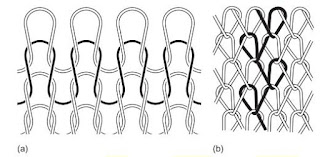
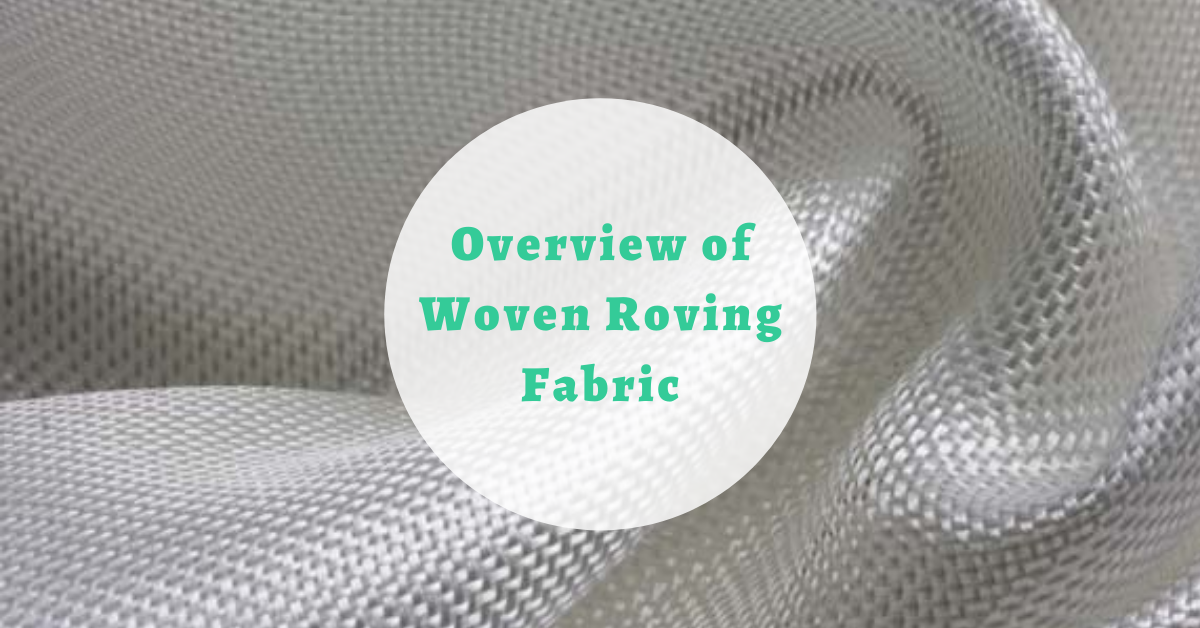
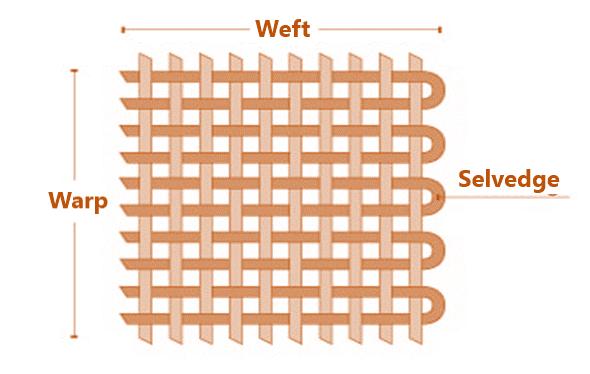
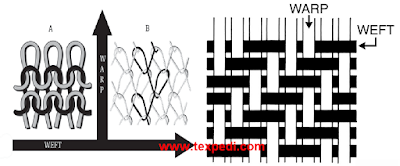
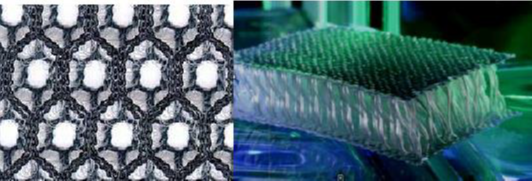
Thanks for your post. I am also running a Textile Bangla blog.
I think you should take a look and include it in your post
Textile house- বাংলা টেক্সটাইল ব্লগ